Past Speakers
Spring 2023
Eli Grigsby
Professor at Boston College

|
|
Field: Topology, Applied Math Talk: The topology, geometry, and combinatorics of feedforward neural networks Abstract: Deep neural networks are a class of parameterized functions that have proven remarkably successful at making predictions about unseen data from finite labeled data sets. They do so even in settings when classical intuition suggests that they ought to be overfitting (aka memorizing) the data. I will begin by describing the structure of neural networks and how they learn. I will then advertise one of the theoretical questions animating the field: how does the relationship between the number of parameters and the size of the data set impact the dynamics of how they learn? Along the way I will emphasize the many ways in which topology, geometry, and combinatorics play a role in the field. |
Spring 2022
Juanita Pinzón-Caicedo (she/her/hers)
Assistant Professor at the University of Notre Dame
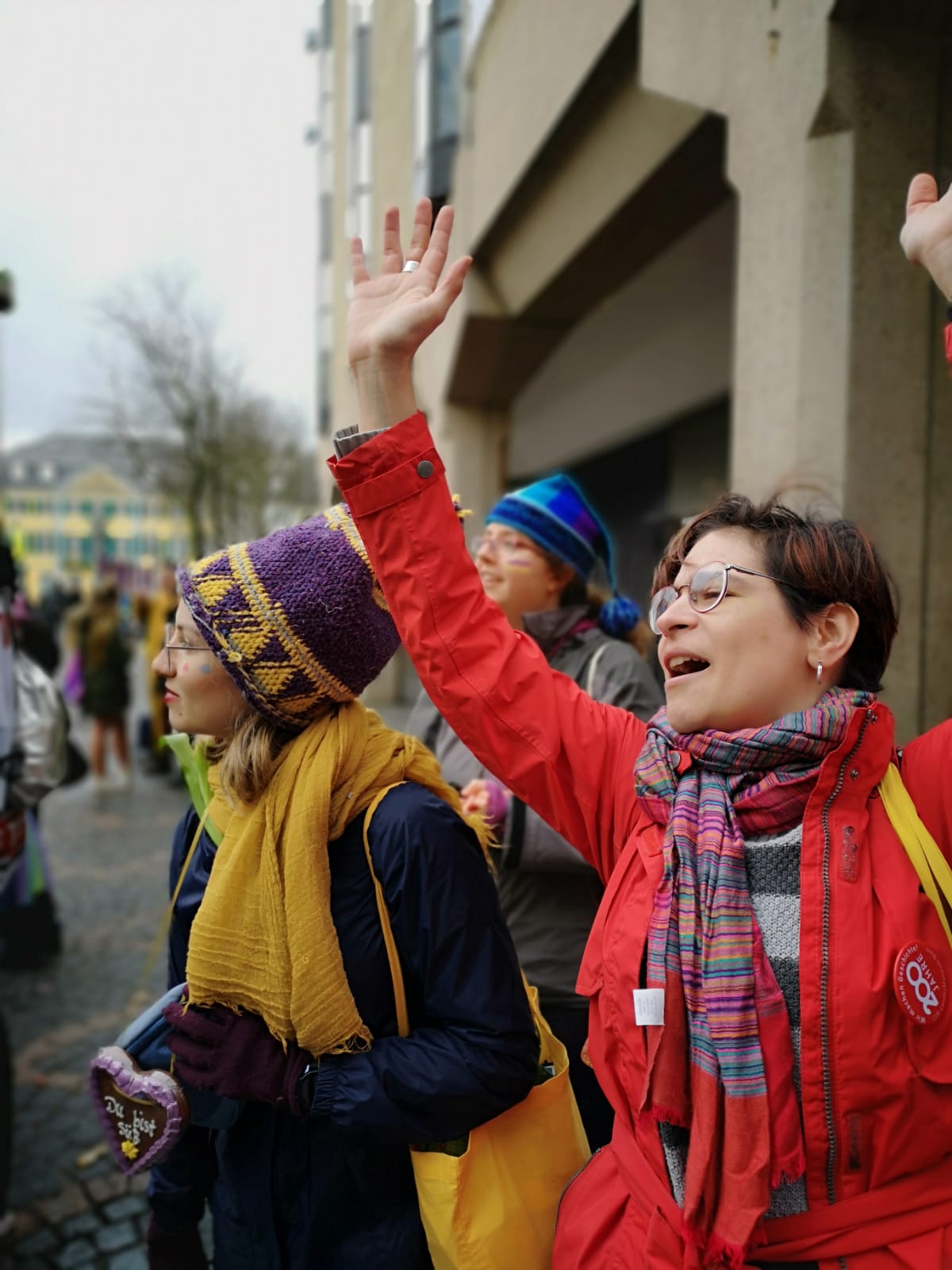
|
|
Field: Topology Talk: Four-manifolds and knot concordance Abstract: The study of 4-dimensional objects is special: a manifold can admit infinitely many non-equivalent smooth structures, and manifolds can be homeomorphic but not diffeomorphic. This difference between topological and smooth structures, can be addressed in terms of the study of knots as boundaries of surfaces embedded in 4D space. In this talk I will focus on some knot operators known as satellites and will show that satellites can bound very different surfaces in the smooth and topological category. |
Fall 2020
Maggy Tomova
Professor and Chair of the Department of Mathematics, The University of Iowa
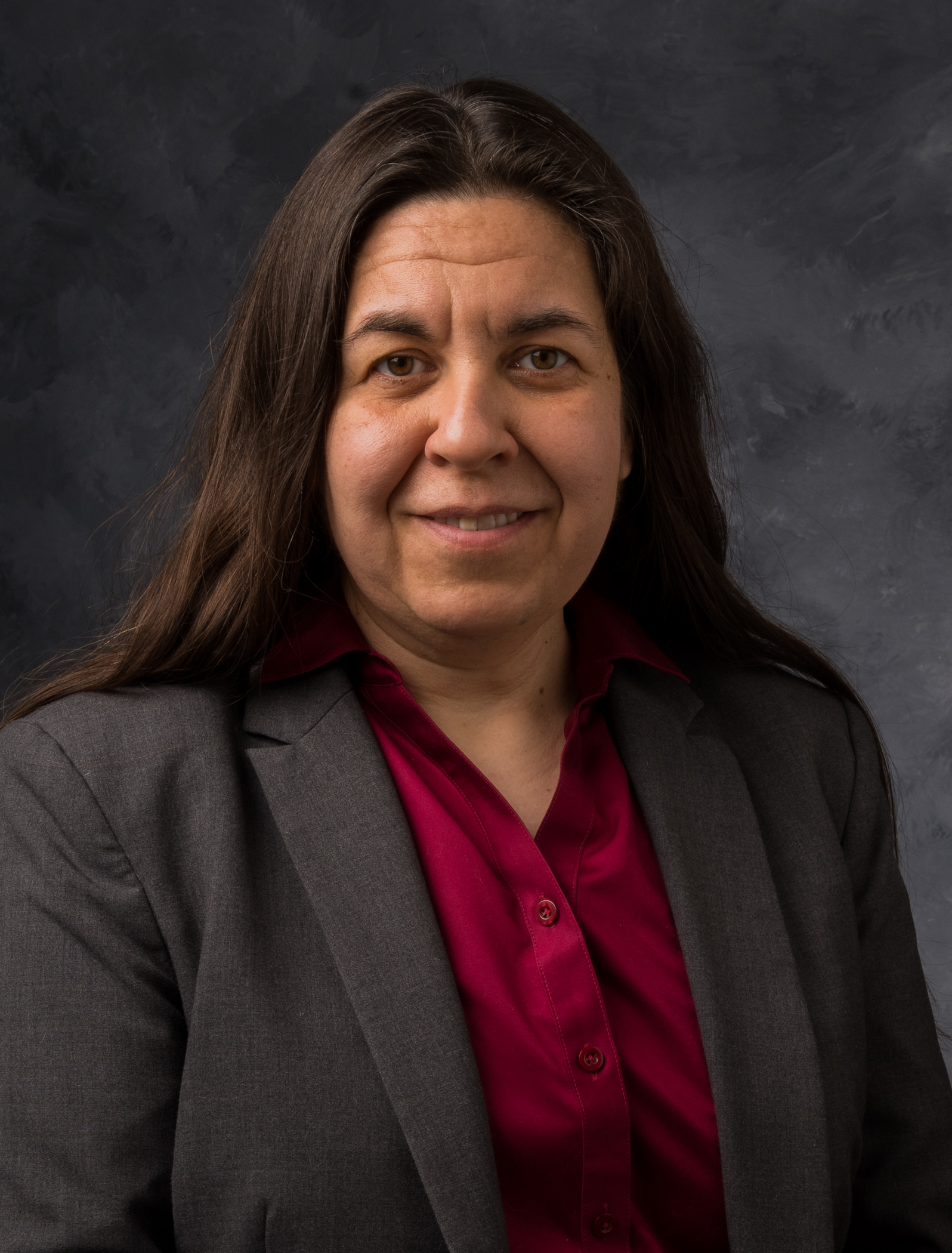
|
|
Field: Topology Talk: Properties of Knots in Thin Position Abstract: Width is a knot invariant introduced by Gabai in the 80's as an ad hoc method to study foliations of 3-manifolds. In this talk, I will discuss some of the uses of thin position that have been developed in the last 30 years as well as some cool results about the behavior of thin position and how it compares to other knot invariants. |
Spring 2020
Donatella Danielli
Professor of Mathematics, Purdue University
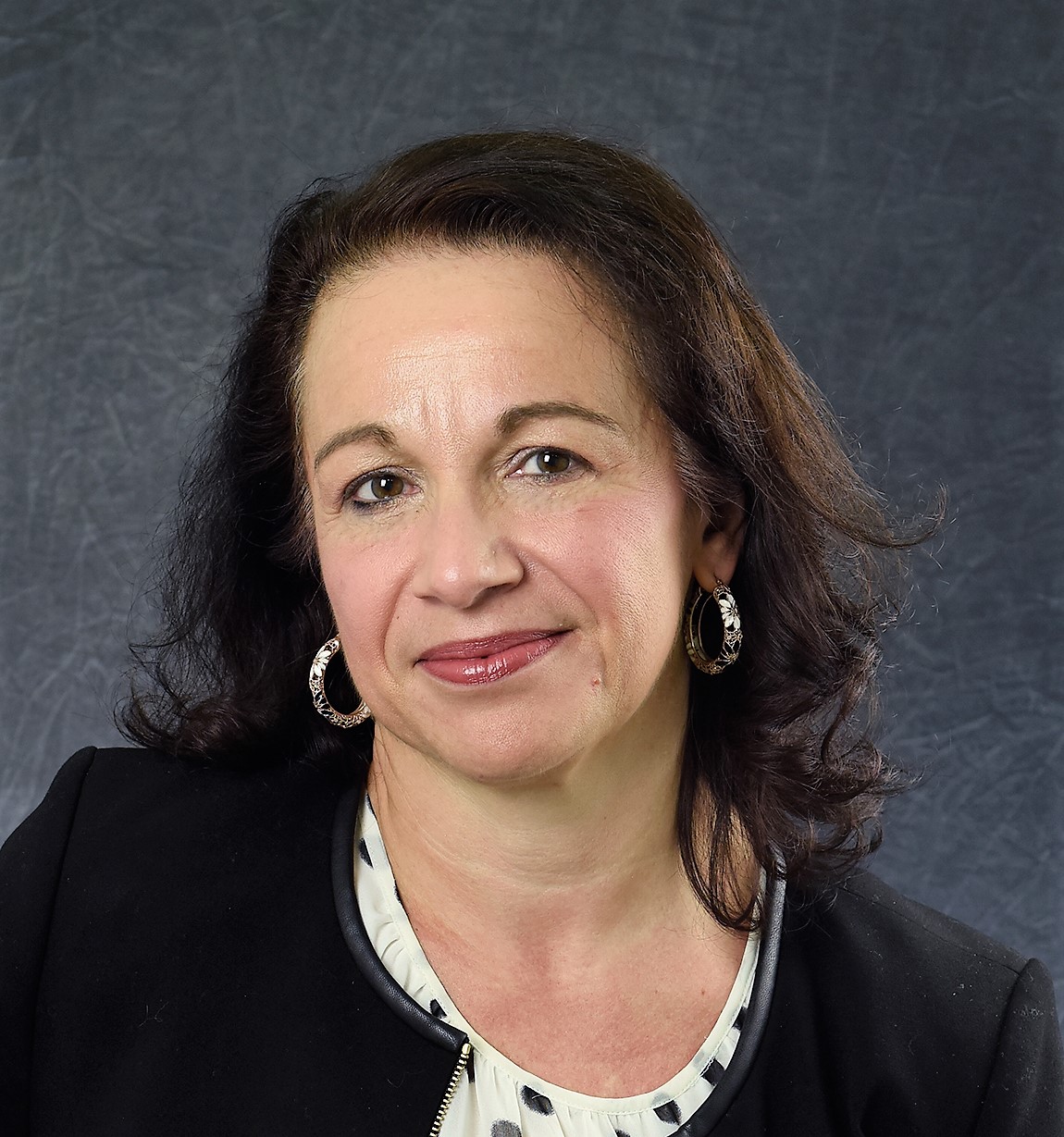
|
|
Field: Partial Differential Equations Talk: Monotonicity formulas and fractional obstacle problems Abstract: Obstacle problems play an ubiquitous role in the applied sciences, with applications ranging from linear elasticity to fluid dynamics, from temperature control to financial mathematics. In this talk we will show how seemingly different phenomena can be expressed in terms of a problem of obstacle type for the parabolic fractional heat operator. We will also discuss some recent results concerning the regularity of the solution and of its free boundary. In particular, we will highlight the pervasive role played by some families of monotonicity formulas. |
Fall 2019
Jen Hom
Associate Professor, Georgia Tech
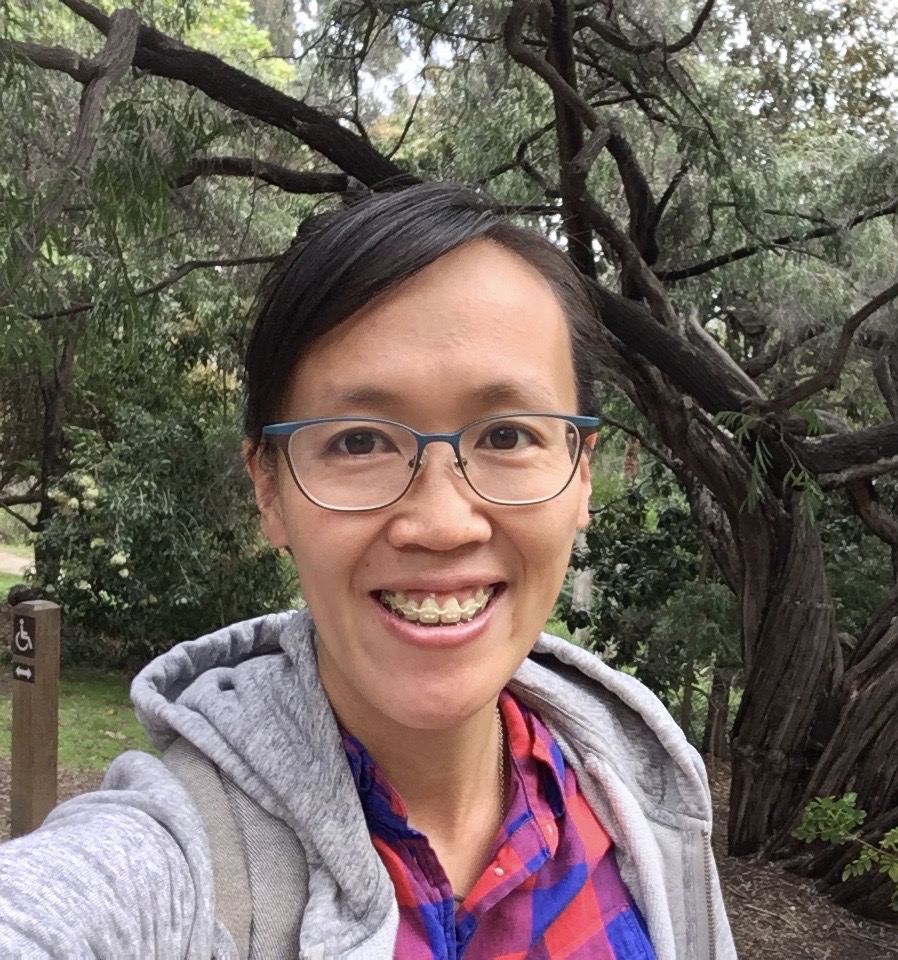
|
|
Field: Topology Talk: Homology cobordism and Heegaard Floer homology Abstract: One generally considers 3-manifolds up to homeomorphism. We consider 3-manifolds up to a weaker notion of equivalence, called homology cobordism. Under this equivalence relation, the set of 3-manifolds forms a group, with the operation induced by connected sum. We use Heegaard Floer homology to give new results about the structure of this group. This is joint work with I. Dai, M. Stoffregen, and L. Truong. |
Spring 2019
Angelia Nedich
Professor of Mathematics, Arizona State University
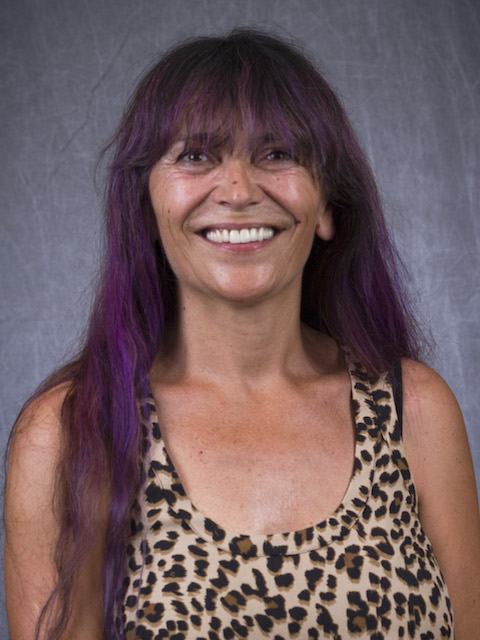
|
|
Field: Operations Research Talk: Distributed Algorithms for Optimization over Graphs Abstract: We will discuss the problems of distributed optimization over time-varying graphs. The focus will be on more recent efforts to design such methods that can match the performance of their centralized counterparts. These fast algorithms will be presented for both directed and undirected time-varying graphs. These algorithms combine the traditional gradient-based methods with tracking-mechanisms that allow for learning the missing information from the local neighbors in the graph. We will discuss the convergence and convergence rate results of these methods, where the convergence rate captures the problem related quantities (such as strong convexity constant and gradient Lipschitz constant) and the properties of the graphs, such as the eigenvalues of the associated weighted Laplacians or mixing weights. We will also consider scalability of these algorithms in terms of the number of nodes (agents) in the graph. Then, we will present more specialized algorithms for optimization over static graphs whose performance matches the performance of their centralized counterparts (up to a logarithmic factor). |
Spring 2018
Liliana Borcea
Professor of Mathematics, University of Michigan
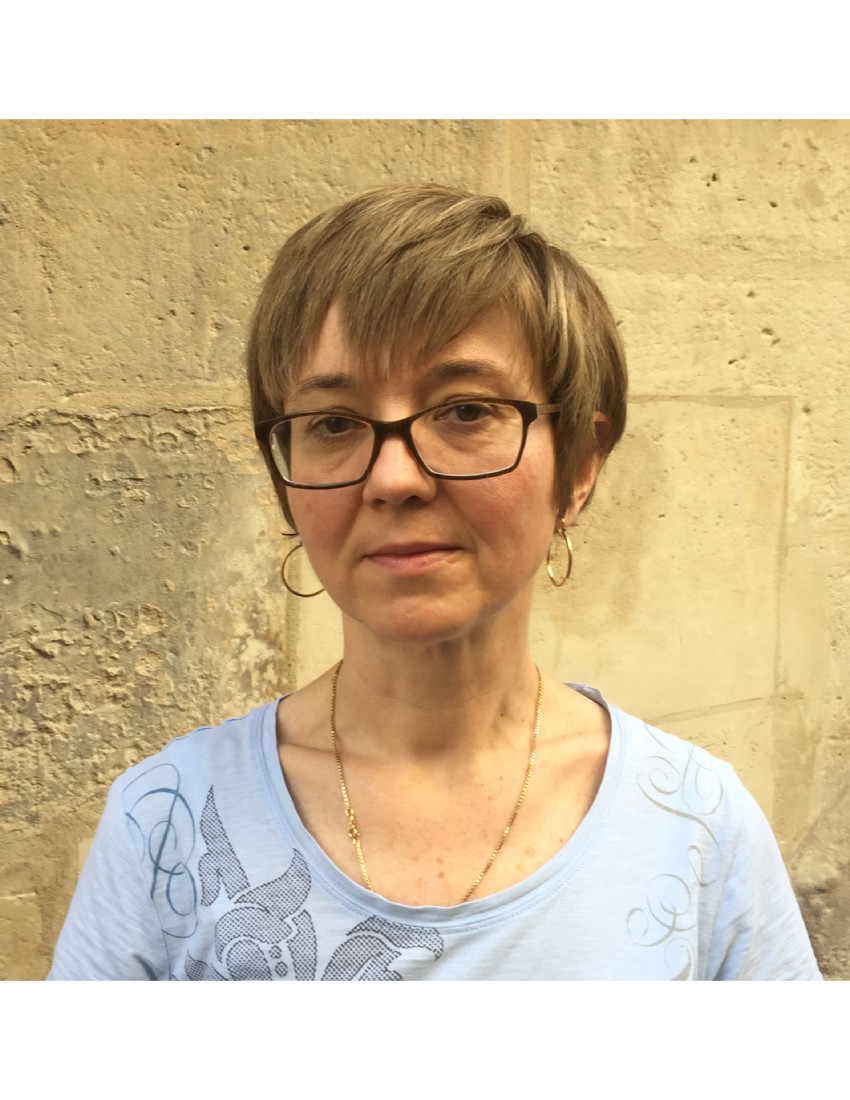
|
|
Field: Applied Mathematics Talk: Untangling the nonlinearity in inverse scattering using data-driven reduced order modelsAbstract:We discuss an inverse problem for the wave equation, where an array of sensors probes an unknown, heterogeneous medium with pulses and measures the scattered waves. The goal in inversion is to determine from these measurements scattering structures in the medium, modeled mathematically by a reflectivity function. Most imaging methods assume a linear mapping between the unknown reflectivity and the array data. The linearization, known as the Born (single scattering) approximation is not accurate in strongly scattering media, so the reconstruction of the reflectivity may be poor. We show that it is possible to remove the multiple scattering (nonlinear) effects from the data using a reduced order model (ROM). The ROM is defined by an orthogonal projection of the wave propagator operator on the subspace spanned by the time snapshots of the solution of the wave equation. The snapshots are known only at the sensor locations, which is enough information to construct the ROM. The main result discussed in the talk is a novel, linear-algebraic algorithm that uses the ROM to map the data to its Born approximation. |
Fall 2016
This semester the talks and preparatory lectures were organized by Michelle Chu, Natasa Dragovic, Cornelia Mihaila, Allison Miller, Eliza O'Reilly, Lisa Piccirillo, Hannah Turner, Soledad Villar, Yijing Wu, and Yunan Yang.
Rachel Roberts
Professor of Mathematics, Washington University in St.Louis

|
|
Field: Topology Talk: A brief history of foliationsAbstract:I will discuss the role of codimension one foliations in the study of compact 3-manifolds, with an emphasis on recent developments. |
Kavita Ramanan
Professor of Applied Mathematics, Brown University

|
|
Field: Probability Talk: Tales of Random ProjectionsAbstract:In recent years, there has been much interest in the interplay between geometry and probability in high-dimensional spaces. Classical theorems in probability theory on independent and identically distributed random variables such as the law of large numbers and central limit theorem can be viewed as providing information about certain scalar projections of high-dimensional product measures. Although the study of (typical) projections of more general (non-product) high-dimensional measures dates back to Borel, only recently has a theory begun to emerge, which in particular identifies the role of certain geometric assumptions that lead to better behaved projections. We will review past work in this direction, including a striking central limit theorem for convex sets, and show how it leads naturally to questions on the tail behavior of random projections and large deviations on the Stiefel manifold. We describe recent results in this direction, ongoing work and several open questions. Random projections, besides being of intrinsic interest, are also motivated by applications in statistics, optimization and data analysis. |
Spring 2016
This semester the talks and preparatory lectures were organized by Jen Berg, Michelle Chu, Laura Fredrickson, Allison Miller, Robin Neumayer, Eliza O'Reilly, Maja Taskovic, and Soledad Villar.
Daniela De Silva
Barnard College, Columbia University
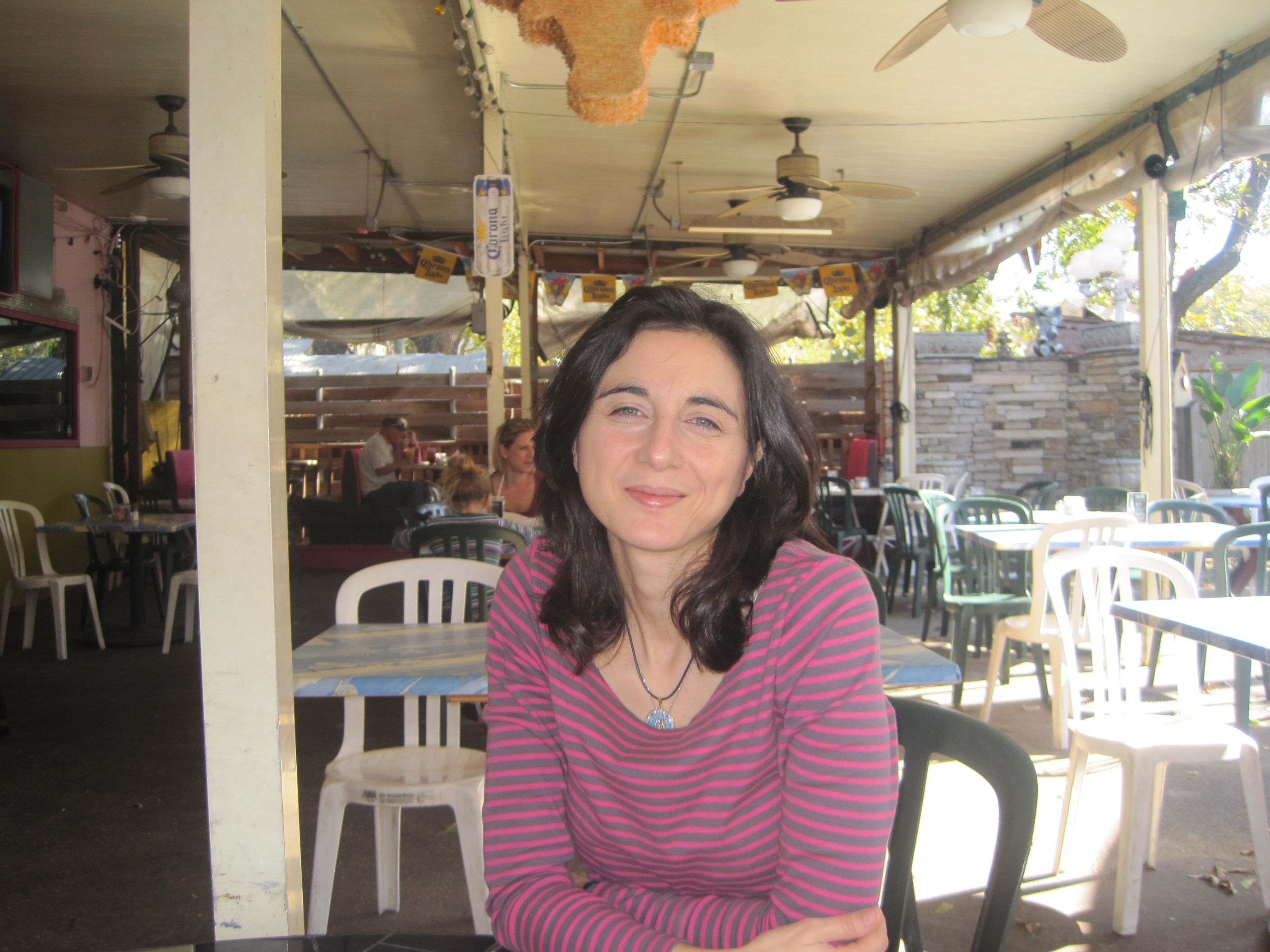
|
|
Field: Analysis Talk: Regularity theory for a class of elliptic free boundary problemsAbstract:We present a brief overview of the "classical" regularity theory for elliptic equations, with emphasis on ideas and results which appear in the context of free boundary problems. We then focus on a class of so-called two-phase free boundary problems which appears in several applications. We address the question of the regularity of a solution and its free boundary. In particular we describe how the monotonicity formula of Alt-Caffarelli-Friedman plays a central role in obtaining the Lipschitz regularity of a solution. We conclude by mentioning new strategies which we have developed recently to deal with the case when the monotonicity formula is not available. |
Anna Wienhard
Universität Heidelberg
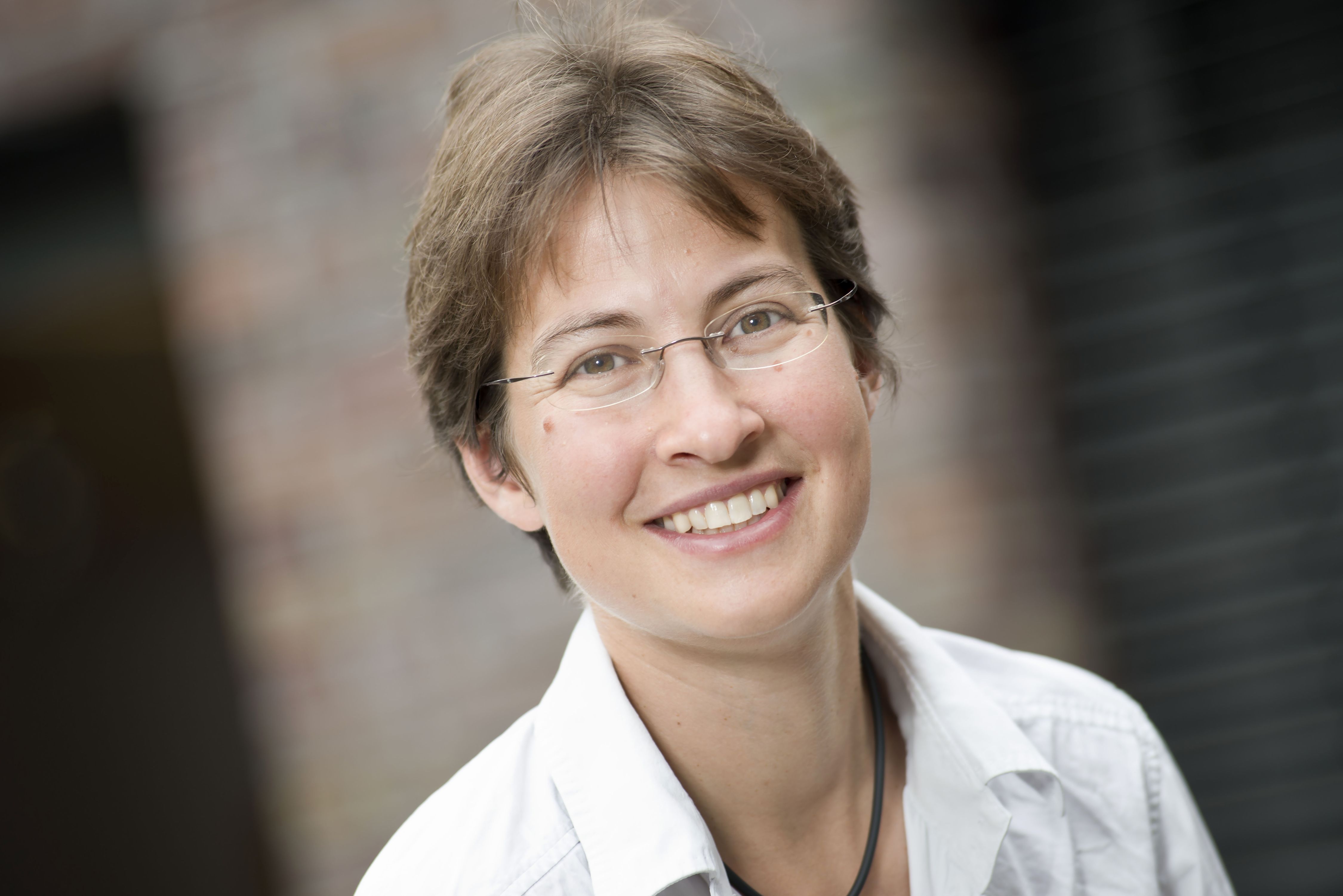
|
|
Field: Geometry Talk: How to order surface groups?Abstract: Any homeomorphism between surfaces induces an isomorphism of the fundamental groups. But given an isomorphism of the fundamental groups, how can you decide if it is induced from a homeomorphism - when is an isomorphism “geometric"? This question can be answered by construction a natural order on the fundamental group of surfaces. I will explicitly construct this order, and explain how it lets you decide if a group isomorphism is geometric. Then I will discuss some other wonders of this order and how it relates to so called maximal representations. The talk will be accessible to a general audience. |
Genevieve Walsh
Tufts University

|
|
Field: Geometry Talk: Groups, boundaries, quasi-isometries and commensurabilityAbstract: We discuss three distinct notions of equivalence of groups. Two groups are abstractly commensurable if they have finite index isomorphic subgroups. Every hyperbolic group comes equipped with a topological object, its boundary. Groups which are quasi-isometric have homeomorphic boundaries. Groups that are abstractly commensurable are quasi-isometric. How far do these implications go in the opposite direction? The known answers are surprisingly diverse. |
Fall 2015
This semester the talks and preparatory lectures were organized by Jen Berg, Michelle Chu, Laura Fredrickson, Allison Miller, Robin Neumayer, Eliza O'Reilly, Maja Taskovic, and Soledad Villar.
Melanie Matchett Wood
University of Wisconsin-Madison

|
|
Field: Number Theory Talk: Random groups in number theory and random integral matricesAbstract: There are certain finite abelian groups that arise from objects in number theory that are quite mysterious and of great interest, for example the class group arising from a finite extension of the rational numbers, or the Tate-Shafarevich group of an elliptic curve \(y^2=x^3+ax+b\) (for some rational numbers \(a,b\)). We know so little about them that is natural to model them as random abelian groups in some sense. We discuss natural probabilistic models of random abelian groups, and relate them to heuristics for groups that arise in number theory. |
Katrin Wehrheim
UC Berkeley
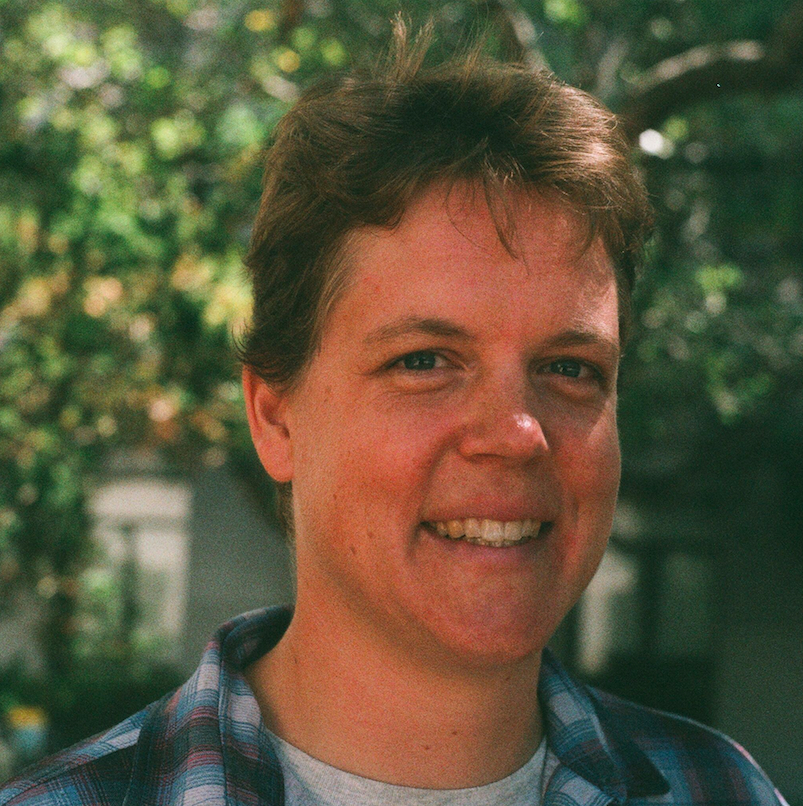
|
|
Field: Geometry Talk: String diagrams in Topology, Geometry, and AnalysisAbstract: I will introduce string diagrams for 2-categories to illuminate connections between low dimensional topology, symplectic geometry, and the analysis of pseudoholomorphic curves. |
Spring 2015
This semester the talks and preparatory lectures were organized by Jen Berg, Michelle Chu, Laura Fredrickson, Jiexian Li, Alice Mark, Robin Neumayer, Eliza O'Reilly, Maja Taskovic, and Soledad Villar.
Lillian Pierce
Duke University

|
|
Field: Analysis and Number Theory Talk: Class numbers of quadratic number fields: a few highlights on the timeline from Gauss to todayAbstract: Each number field (finite degree extension of the rational numbers) has an integer associated to it called the class number (the cardinality of the class group of the field). Class numbers are important objects that naturally pop up in many places in number theory, but many of their attributes remain mysterious, even today. In particular, over the last two hundred years people have been considering questions about the growth and divisibility properties of class numbers of quadratic fields as the discriminant varies. We will survey some key conjectures and results since the pioneering work of Gauss, and then turn to very recent joint work of the speaker with Roger Heath-Brown on averages and moments associated to class numbers of imaginary quadratic fields. This talk will be aimed to be welcoming for a general math audience. |
Alessandra Iozzi
ETH Zurich
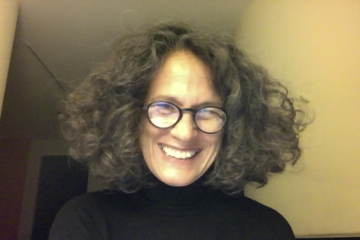
|
|
Field: Geometry and Dynamics Talk: Rotation number, old and newerAbstract: Rotation numbers classify orientation preserving homeomorphisms of the circle (hence actions of the integers) up to semiconjugacy. After recalling the classical theory, we will show how one can generalize the notion of rotation number both to actions of groups larger than the integers and to actions on manifolds more complicated than the circle. As an application, we will illustrate some rigidity results. |
Spring 2014
This semester the talks and preparatory lectures were organized by Michelle Chu, Laura Fredrickson, Karin Knudson, Jiexian Li, Alice Mark, Laura Starkston, Maja Taskovic, and Soledad Villar.
Amie Wilkinson
University of Chicago
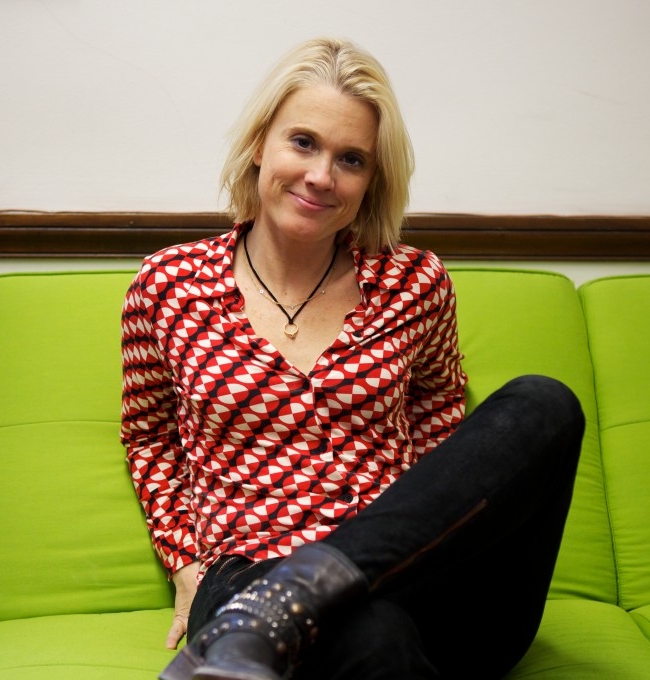
Photo credit: Tiffany Tan |
|
Field: Ergodic Theory and Smooth Dynamics Talk: Robust mechanisms for chaotic dynamicsAbstract: What are the underlying mechanisms for robustly chaotic behavior in smooth dynamics? In addressing this question, I'll focus on the study of diffeomorphisms of a compact manifold, where "chaotic" means "mixing" and and "robustly" means "stable under smooth perturbations." I'll describe recent advances in constructing and using tools called "blenders" to produce stably chaotic behavior with arbitrarily little effort. This presentation was also the Horton-Jacobs/WINS Lecture for the 2013 - 2014 year. |
Anna Gilbert
University of Michigan

|
Applied Math Talk: Diffuse Scattering on Graphs and Combinatorial Inverse Problems Abstract: Spectral graph theory is a rich and well-developed theory for both the combinatorial and analytic properties of graphs. Typically, people study the graph analog of the Poisson equation Lu = f where L is the combinatorial or graph Laplacian. We consider the effect of introducing inhomogeneities on the vertices, as represented by the addition of a (vertex) potential term to the above equation. We call this problem the problem of diffuse scattering on graphs because of its analogy to related problem in the continuous model. We show how to construct solutions in the presence of weak scatterers from the solution to the homogeneous (background problem) using Born series, providing necessary conditions for convergence and demonstrating the process through numerous examples. In addition, we outline a method for finding Green's functions for Cayley graphs for both abelian and non-abelian groups. We also discuss the effects of sparsity on our method and results, outlining the simplifications that can be made provided that the scatterers are weak and well-separated. Finally, we discuss preliminary work on inverse problems: given boundary data, can we infer the properties of the internal vertices. This is joint work with Jeremy Hoskins (UMich) and John Schotland (UMich). |
Chuu-Lian Terng
University of California, Irvine
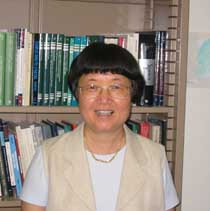
|
Geometric Analysis Talk: Dispersive Curve Flows Abstract: A number of important model linear dispersive equations give rise to interesting curve flows in differential geometry. In this talk we will discuss some of these including the Schrodinger curve flow on the two sphere, the Hodge star mean curvature curve flow in Euclidean and Lorentzian 3-space, and the geometric Airy curve flow on Euclidean space and the affine space. The equations of curvatures of these curve flows turn out to be soliton equations. Hence we can use techniques from soliton theory to study these curve flows. In particular, we can construct infinitely many families of explicit solutions and solve the periodic Cauchy problem. |
Fall 2013
There was no speaker series this semester.
Spring 2013
This semester the talks and preparatory lectures were organized by Allison Moore, Verónica Quítalo, Alice Mark, Laura Starkston, Laura Fredrickson, Maja Taskovic, and Karin Knudson, and the invited speaker was Rachel Pries.
Rachel Pries
Colorado State University
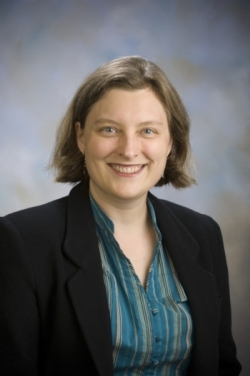
|
Algebraic Geometry and Elliptic Curves Talk: The boundary of the moduli space of curves and arithmetic applications Abstract: This talk is about the pivotal role played by topology and geometry in the proofs of arithmetic results about curves in positive characteristic. I will describe some background about the boundary of the moduli space of curves and about the action of fundamental groups on torsion points of abelian varieties. These were key concepts used in results such as Deligne and Mumford's proof of the irreducibility of the moduli space of curves and Harbater and Raynaud's proof of Abhyankar's Conjecture about Galois covers of curves. I will finish by talking about how these concepts were used in my result with Achter about the monodromy of the p-rank strata of the moduli space of curves. The talk will include a lot of background and motivating examples.
|
Fall 2012
This semester the talks and preparatory lectures were organized by Allison Moore, Verónica Quítalo, Alice Mark, Laura Starkston, Laura Fredrickson, Maja Taskovic, and Karin Knudson, and the invited speakers were Ingrid Daubechies and Irene Fonseca.
Ingrid Daubechies
Duke University
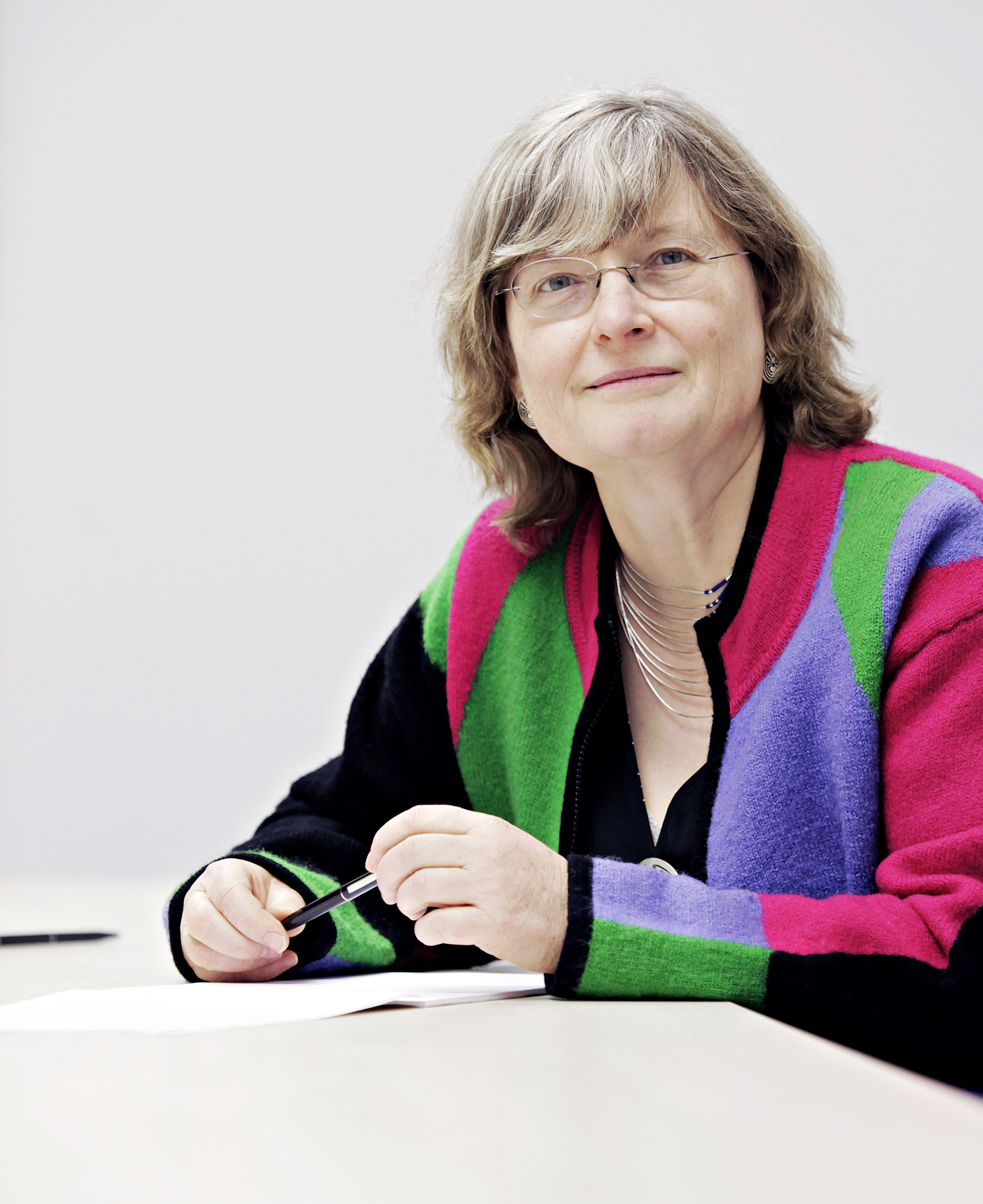
|
Applied Analysis Talk: The talk will describe wavelets, a mathematical tool used for the analysis and compression of images (including for digital cinema). Then it will go on to discuss how they have been used recently for the study of paintings by e.g. Van Gogh, Goossen van der Weyden, Gauguin and Giotto. This presentation was also the Horton-Jacobs/WINS Lecture for the 2012 - 2013 year. |
Irene Fonseca
Carnegie Mellon University
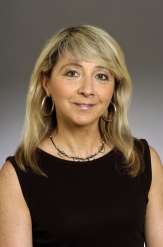
|
Applied Analysis Talk: The talk will describe wavelets, a mathematical tool used for the analysis and compression of images (including for digital cinema). Then it will go on to discuss how they have been used recently for the study of paintings by e.g. Van Gogh, Goossen van der Weyden, Gauguin and Giotto. Abstract: Several questions in applied analysis motivated by issues in computer vision, physics, materials sciences and other areas of engineering may be treated variationally leading to higher order problems and to models involving lower dimension density measures. Their study often requires state-of-the-art techniques, new ideas, and the introduction of innovative tools in partial differential equations, geometric measure theory, and the calculus of variations. In this talk it will be shown how some of these questions may be reduced to well understood first order problems, while in others the higher order terms play a fundamental role. Applications to phase transitions, to the equilibrium of foams under the action of surfactants, imaging, micromagnetics, thin films, and quantum dots will be addressed. |
Spring 2012
This semester the talks and preparatory lectures were organized by Allison Moore, Verónica Quítalo, Alice Mark, Laura Starkston, Laura Fredrickson, Maja Taskovic, and Michelle Chu, and the invited speaker was Gordana Matic.
Gordana Matic
University of Georgia
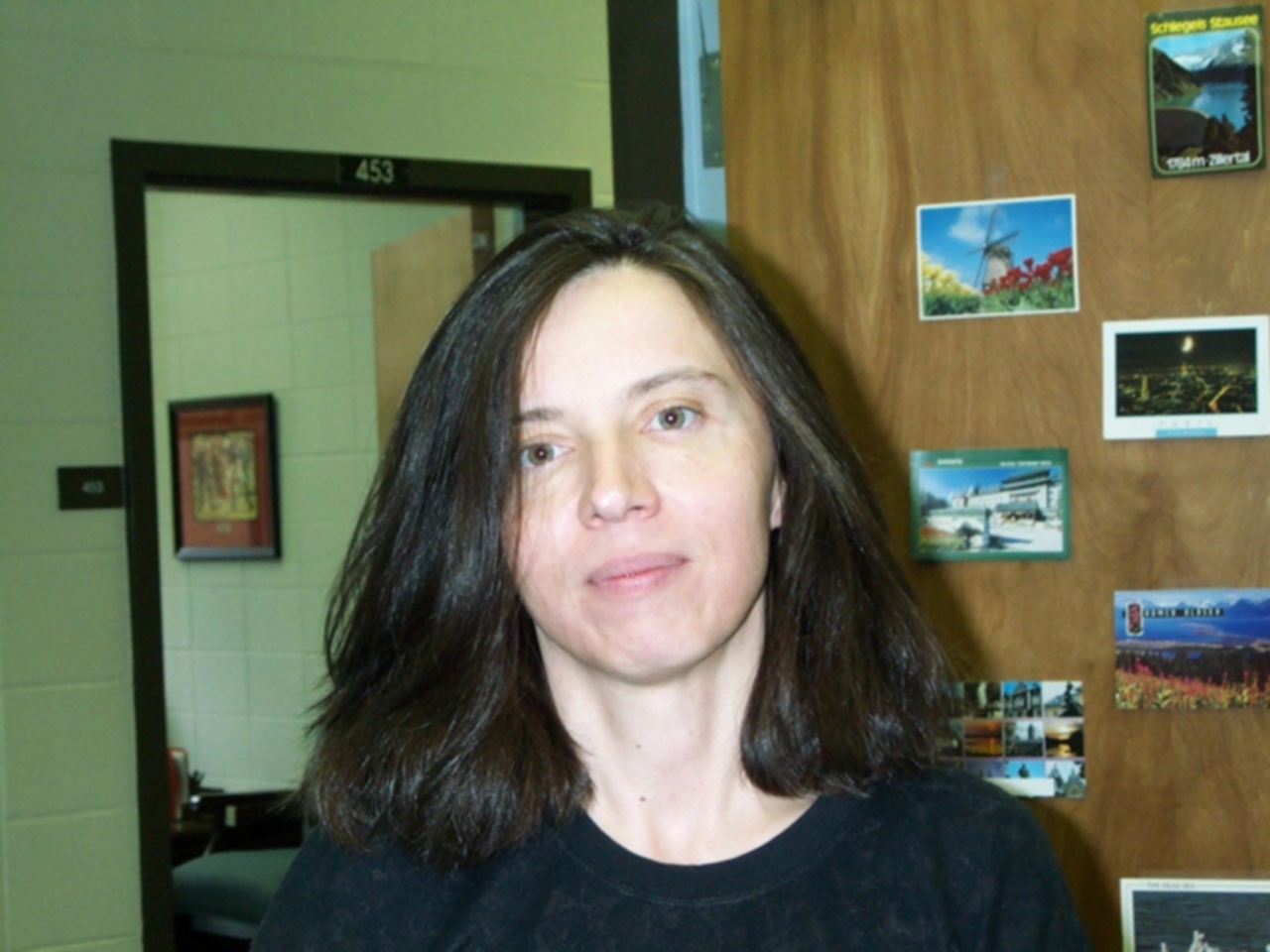
|
Low Dimensional Topology Talk: Contact Invariant in Sutured Floer Homology Abstract: In the 70's Thurston and Winkelnkemper showed that an open book decomposition of a 3-manifold can be used to construct a contact structure. In 2000 Giroux showed that every contact structure on a 3-manifold can be obtained from that process. Ozsvath and Szabo used this fact to define an invariant for a contact structure in their Heegaard Floer Homology, providing an important new tool to study contact 3-manifolds. We will describe a simple way to visualize this contact invariant and talk about applications and generalizations. In particular, when the contact manifold has boundary we can define an invariant in Sutured Floer Homology, a variant of Heegard Floer homology for a manifold with boundary due to Andras Juhasz, and use it to answer some questions about fillability of contact structures. This presentation was also the Horton-Jacobs/WINS Lecture for the 2011 - 2012 year. |
Fall 2011
There was no speaker series this semester.
Spring 2011
This semester the talks and preparatory lectures were organized by Orit Davidovich, Brandy Guntel, Karin Knudson, Alice Mark, Allison Moore, Verónica Quítalo, and Sarah Rich, and the invited speakers were Alice Chang and Winnie Li.
Alice Chang
Princeton University

|
Geometry and Partial Differential Equations Talk: Fully non-linear PDE in conformal geometry Abstract: I will discuss a class of integral conformal invariants and the role they have played in a special case of a uniformization theorem for 4-spheres. The main tool is a study of fully non-linear elliptic PDE of Monge-Amphere type. I will also discuss the connection of these conformal invariants to geometric invariants on conformal compact Einstein manifolds in the CFT/ADS setting. This presentation was also the Horton-Jacobs/WINS Lecture for the 2010 - 2011 year. |
Winnie Li
Pennsylvania State University

|
Number Theory Talk: Zeta Functions in Combinatorics and Number Theory Abstract: Roughly speaking, a zeta function is a counting function. Well-known zeta functions in number theory include the Riemann zeta function and the zeta function attached to an algebraic variety defined over a finite field. The former counts integral ideals of a given norm, while the latter counts solutions over a finite field. A combinatorial zeta function counts tailless geodesic cycles of a given length in a finite simplicial complex. One-dimensional complexes are graphs; attached to graphs are the well-studied Ihara zeta functions. Zeta functions attached to 2-dimensional complexes are recently obtained by myself and students Ming-Hsuan Kang and Yang Fang by considering finite quotients of the Bruhat-Tits buildings associated to SL(3) and Sp(4) over a p-adic field. The purpose of this talk is to show connections between combinatorics and number theory, using zeta functions as a theme. We shall give closed form expressions of the combinatorial zeta functions mentioned above, and compare their features, in particular, the role of the Riemann Hypothesis, with those of the zeta functions for varieties over finite fields. |
Fall 2010
There was no speaker series this semester.
Spring 2010
This semester the talks and preparatory lectures were organized by Orit Davidovich, Brandy Guntel, Kim Hopkins and Heather Van Ligten, and the invited speakers were Antonella Grassi and Kristin Lauter.
Antonella Grassi
University of Pennsylvania
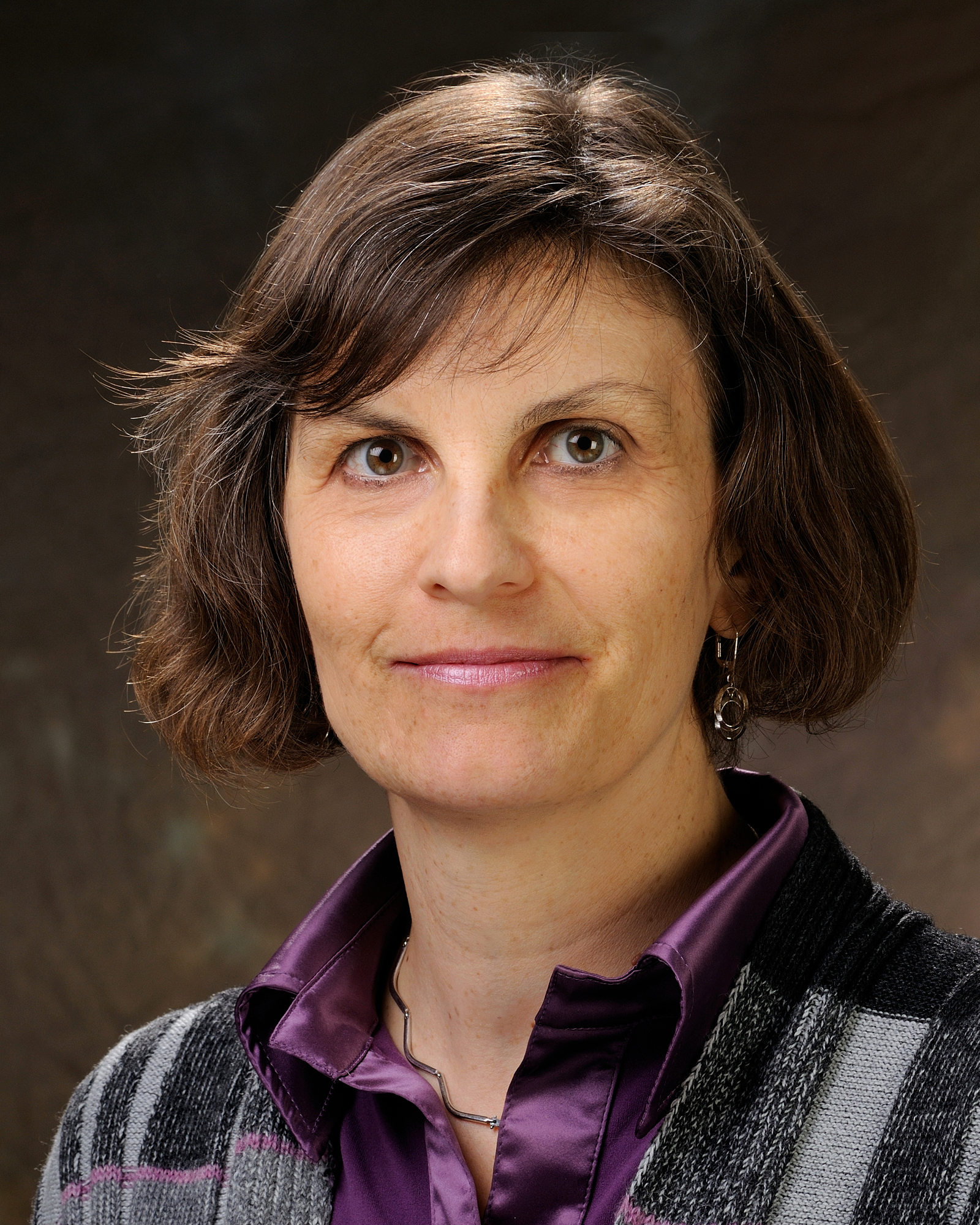
|
Algebraic Geometry Talk: A, D, E (B and C etc.) Abstract: I will give an overview of certain singularities arising in algebraic geometry (like in elliptic fibrations) and in other contexts including the physics of string theory. |
Kristin Lauter
Microsoft Research

|
Cryptography Talk: Expander graphs and their applications to cryptography Abstract: Hash functions are ubiquitous in cryptography: they are used in encryption, key exchange, signatures and more. We will review these functions and discuss the requirement that they be resistant to collision. We will then recall the notion of expander graphs and explain how to construct collision-resistant hash functions from graphs in which it is hard to find cycles. Finally, we will discuss a family of graphs that were constructed by A. Pizer: the vertices of Pizer's graphs are supersingular elliptic curves in characteristic p, while the edges are n-isogenies between supersingular elliptic curves. (Here, n is a fixed integer prime to p.) For Pizer's graphs, cycles are hard to find because it is difficult to compute isogenies between supersingular elliptic curves. |
Fall 2009
This semester the talks and preparatory lectures were organized by Aynur Bulut, Orit Davidovich, Brandy Guntel, Kim Hopkins and Heather Van Ligten, and the invited speakers were Susan Friedlander and Dusa McDuff.
Dusa McDuff
Columbia University
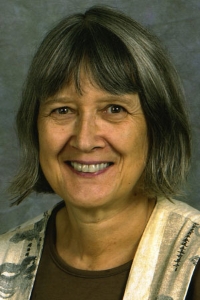
|
Symplectic Geometry Talk: Symplectic embedding of ellipsoids and continued fractions This presentation was also the Horton-Jacobs/WINS Lecture for the 2009 - 2010 year. |
Susan Friedlander
University of Southern California
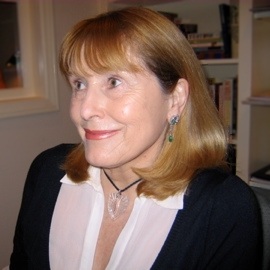
|
Mathematical Fluid Dynamics Talk: Instabilities in fluid motion Abstract: Instabilities in fluid motion are ubiquitous and yet instabilities come in various "flavors". The partial differential equations of fluid dynamics are very challenging nonlinear systems. A classical approach to detecting instabilities is to study the spectral problem associated with the linearized equations. We will discuss how in some situations it is possible to prove that linear instability implies instability for the full nonlinear equations. Examples where this can be proved include the cases of the 2-dimensional Euler equations, the 3-dimensional Navier-Stokes equation and an interesting equation arising in oceanography called the surface quasi-geostrophic equation. |
Spring 2009
This semester the talks and preparatory lectures were organized by Orit Davidovich, Brandy Guntel, Adriana Salerno and Elizabeth Thoren, and the invited speakers were Abigail Thompson, Ruth Charney, Gigliola Staffilani.
Abigail Thompson
University of California, Davis
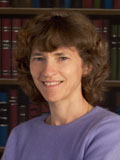
|
Knot Theory, 3-Manifolds Talk: The stabilization problem for 3-manifolds Abstract: Surprisingly, any closed orientable 3-manifold can be split into two simple pieces, called handlebodies. The simplicity stops there, sadly, and understanding the relationships among different splittings of the same manifold is an ongoing task. I'll describe the stabilization problem for such splittings of 3-manifolds, and some recent examples which underscore the difficulty of the problem. This is joint work with Joel Hass and William Thurston. |
Ruth Charney
Brandeis University
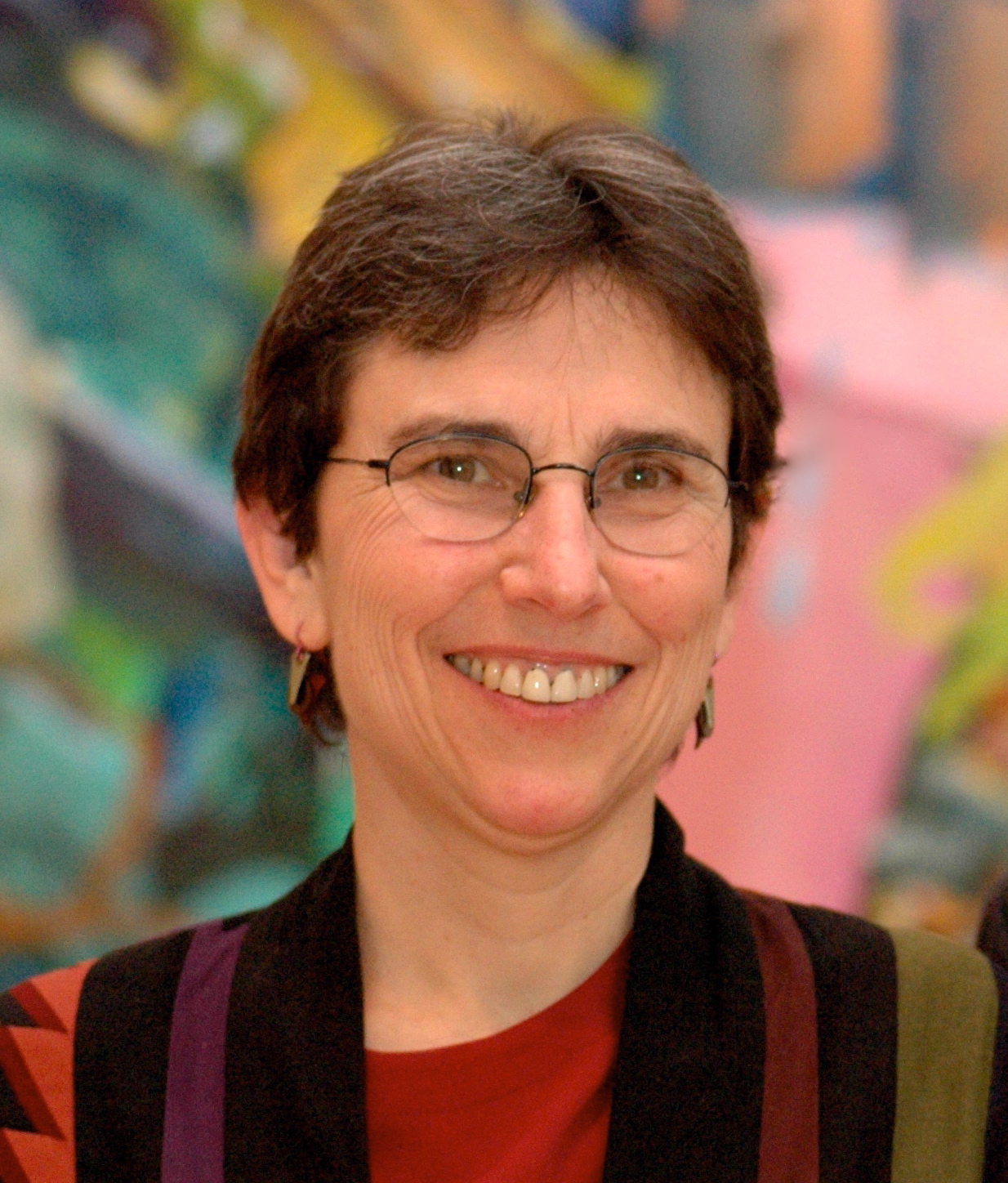
|
Geometric Group Theory Talk: Groups and their automorphisms, from free to free abelian. Abstract: Automorphism groups of free groups and free abelian groups play an important role in mathematics. Surprisingly, they share much in common. Between free groups and free abelian groups lies a large class of groups known as right-angled Artin groups. We investigate which of these properties hold for automorphisms of all such groups. This presentation was the first in the Horton-Jacobs/WINS Lecture Series. |
Gigliola Staffilani
Massachusetts Institute of Technology
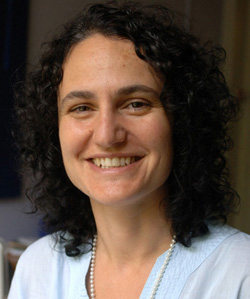
|
Partial Differential Equations and Harmonic Analysis Talk: On dispersive waves |
Fall 2008
This semester the talks and preparatory lectures were organized by Orit Davidovich, Brandy Guntel, Adriana Salerno, and Elizabeth Thoren, and the invited speakers were Eleny Ionel and Catharina Stroppel.
Eleny Ionel
Universität Bonn
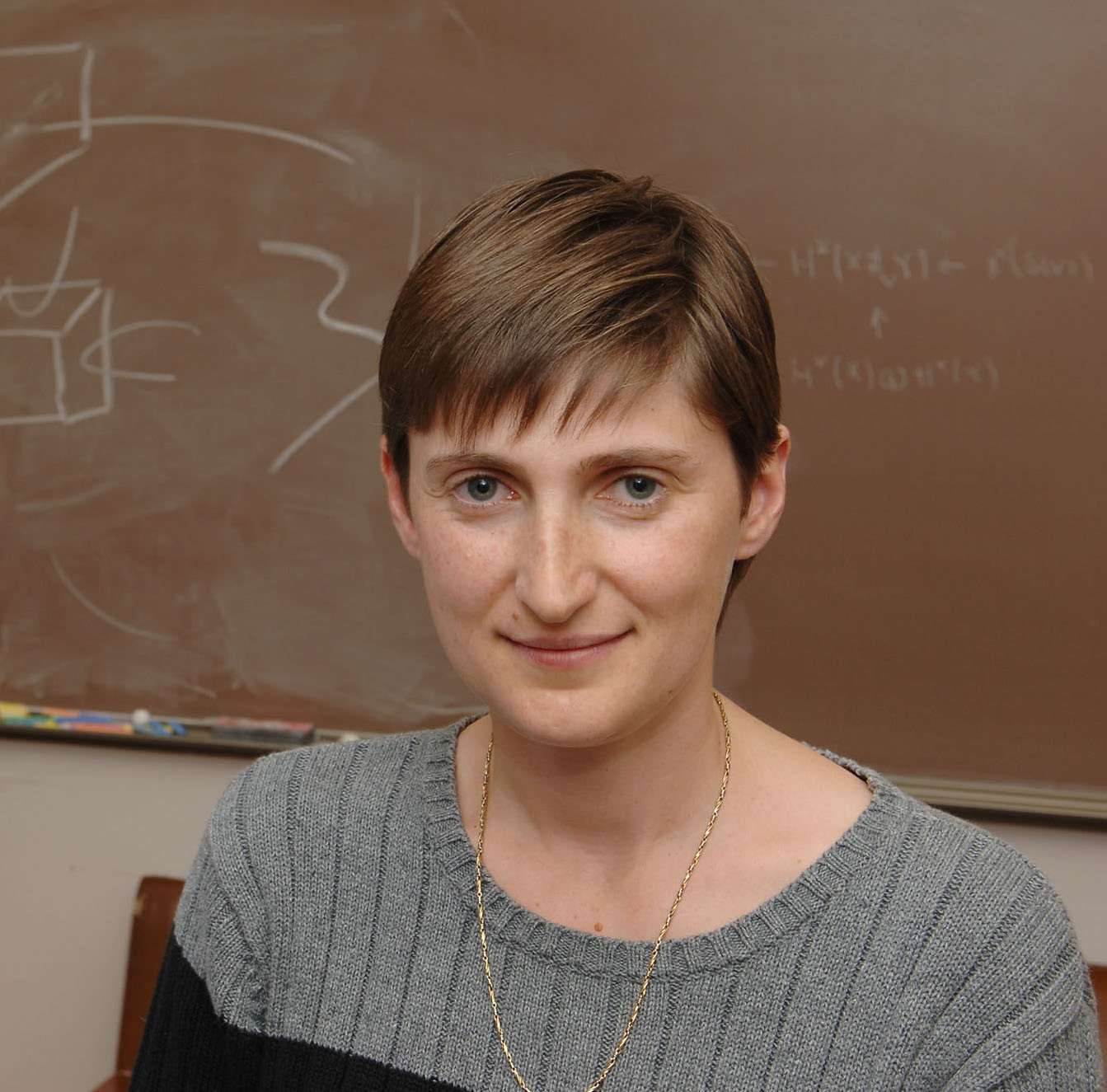
|
Symplectic Geometry Talk: Gromov-Witten invariants and symplectic degenerations Abstract: The moduli spaces of holomorphic curves have an intriguing structure, which is reflected in the structure of the Gromov-Witten invariants. One way to get a glimpse into it is to follow what happens to the moduli spaces during (symplectic) degenerations, like those coming from a (generalized) symplectic sum. This in particular involves extending the notion of Gromov-Witten invariants to (mildly) singular settings. I will survey what is known so far about this problem, mention some of its applications and discuss some of the current open problems. |
Catharina Stroppel
Universität Bonn
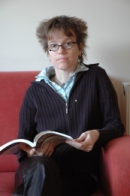
|
Representation Theory Talk: Crystal bases, Hecke algebras and equivalences of categories Abstract: The classical Schur-Weyl duality relates modules for the general linear Lie algebra with modules over the symmetric group. I first explain a higher level version of this where cyclotomic versions of degenerate Hecke algebras occur. Afterwords I will indicate how this picture can be categorified. The combinatorics of crystal graphs plays an important role here. Finally I want to illustrate in two examples how this setup can be used to derive equivalences of categories where the aforementioned Hecke algebras play the key role. This was a joint presentation with the GRASP Colloquium and they have posted a video of the lecture. |
Spring 2008
This semester the talks and preparatory lectures were organized by Orit Davidovich, Adriana Salerno, and Andrea Young, and the invited speakers were Vyjayanthi Chari, Panagiota Dakalopoulos, and Paula Tretkoff.
Vyjayanthi Chari
University of California, Riverside
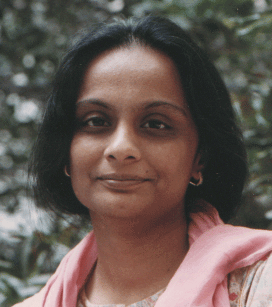
|
Representation Theory Talk: Affine Algebras, Quivers and Koszulity Abstract: The representation theory of the affine Lie algebras and their quantum analogs have been intensively studied in recent years. The subject has connections with number theory, topology and mathematical physics. The study of finite dimensional representations of these algebras is surprisingly complex, and is related to the mathematical structures which arise from solvable models in statistical mechanics. There are a number of different approaches to this study: a geometric approach via quiver varieties, a combinatorial approach using crystal bases and an algebraic approach using the classical methods of representation theory. In this talk, I will discuss some of these ideas and formulate some recent results which establish a connection between these representations and those of finite dimensional associative algebras. |
Panagiota Dakalopoulos
Columbia University
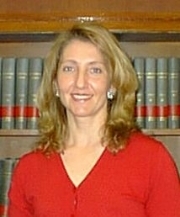
|
Geometric Flow Talk: Surface Evolution under Curvature Flows: Existence and Optimal Regularity Abstract: We will discuss the evolution of a hyper-surface in R^{n+1} by functions of its principal curvatures. Typical examples include the Mean Curvature flow, the Gauss Curvature flow, the Inverse Mean Curvature flow and the Harmonic Mean Curvature flow. These flows are described by non-linear parabolic equations for the local embedding map. We will discuss the existence and optimal regularity for such equations as well as the formation of singularities in certain cases. |
Paula Tretkoff
Texas A&M University
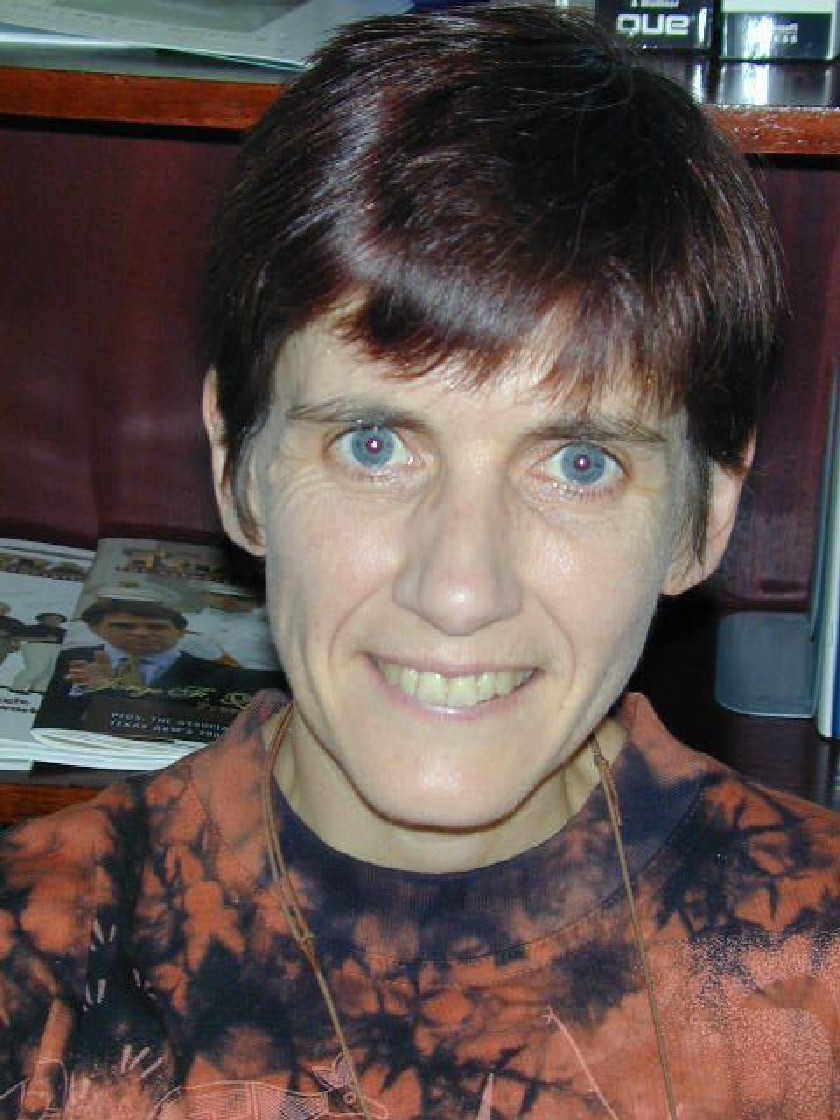
|
Number Theory Talk: Aspects of transcendental number theory Abstract: We discuss an assortment of results on the transcendence properties of special values of modular and hypergeometric functions. The emphasis will be on open problems and connections with other branches of mathematics. |
